Last year, images generated by artificial intelligence (AI) started to gain widespread attention. Through various programs such as MidJourney, Dalle-E, and now the newest image creator, BingAI, you too can make stunning images! And people have been. Last year “Théâtre D’opéra Spatial” created by Jason Matthew Allen even won the Colorado State Fair fine art competition, much to the chagrin of traditional artists who also competed. People have also been using them to make memes as well. Such as a series of images of a man and a crocodile fighting over pizza, or Trump getting arrested by police or the Taliban watching Peppa Pig. And of course, people have been using AI image generators to peddle hoaxes. Besides the potential for hoaxes, criticism has been levied against AI image generators, and the art it creates on philosophical and moral grounds. There have been claims that AI steals from artists, violates copyright and will eliminate the artist profession.
When I first started using AI image generators over a year ago, I was fascinated and enamored with technology. I have spent countless hours using various generators to make stunning images. The idea that anyone could create stunning pictures using just words was amazing to me. The potential democratization of art is something that excites me. But on a certain level, it spooked me. A robot being able to create paintings that resemble the work of humans is remarkable, but the ability to create images remarkably similar to humans is inherently uncanny despite my amazement. I knew people were going to be scared about this new technology. Concerns that jobs are going to be all automated away is not a new fear. I was at least hoping most people would be excited about a democratization of art, but I was shocked by the sheer amount of vitriolic backlash against the technology.
When Ammaar Reshi announced he had written a children’s book using Chat GPT and AI image generators, people called for him to be arrested and sent him death threats. Sam Yang, an artist with over two million followers on his Instagram and over one million on his YouTube channel, made the dramatic claim that AI art, “is genuinely an industrial scale violation of each and every one of our rights.” Not only are the reactions of artists extreme, but their claims about the unethical nature of AI and fears of the artist profession being replaced are likely overblown.
The idea that AI art is theft stems from a misunderstanding of how the technology works. It is commonly asserted that AI art learns how to create images by combining elements of preexisting images and mashing them together to make a new image. Even if this is how the technology works, that would not necessarily be theft or a violation of an artist’s copyright. Artist Jeff Koons created a collage for the Guggenheim Museum that included a copyrighted picture taken by photographer Andrea Blanch. Blanch sued Koons for copyright infringement, but the Second Circuit court ruled that Koon’s artwork did not violate Blanch’s copyright because his artwork was transformative and fell within the purview of fair use.
Stable diffusion, the technology behind AI image generators, uses static to create images. It turns images fed into it, with descriptions of the images attached, and turns the image into static. When you type a prompt into Midjourny, the program takes a blank static image and turns your prompt into an image. This is how AI images are drawn. If AI combined pre-existing images, it would make an exact one-to-one image of The Starry Night if you asked it to. But it does not do that. It creates an image similar to Starry Night, but not THE Starry Night. Much like a human would do if asked to draw the Starry Night.
The core of the theft claim though comes from the fact that the images used to train the AI come from the internet, without the consent of the owners of the images. These images come from image datasets like LAION-5B which have been scraped from the internet. LAION-5B contains over 5 billion images without the consent of the image owners or artists whose work was used to train the AI. Admittedly, problematic images have been found in these datasets, including private medical records. While there is plenty of valid criticism about which type of images should be used to train AI and how datasets should be more careful to make sure the images they have are not sensitive material, there is nothing inherently wrong with using images to train AI without the consent of the artist. People learn to draw from other people, either by using similar techniques, imitating or copying style and using reference images. If an artist went to Google image search and looked up pictures of trees and used a copyrighted image of a tree as a reference for their painting, did the artist do something wrong? If the image had a creative commons license, the artist is legally in the clear, assuming that they drew a direct replica. But if they only take inspiration from the image (i.e. the tree is altered in the painting, but similar) there is none. Artists regularly use several references at once to gather inspiration. AI art is creating images in the same way. It is learning what a tree generally looks like and creating its own. AI does what a human artist does but on a larger scale. In principle, these uses are the same. You do not have to get permission from the original copyright owner to use it as a general reference or to gather inspiration, why should AI be held to the same standard? It comes from a knee-jerk, reactionary, luddite attitude against new technology.
Regardless of what copyright law says, you are allowed to use other art to inform and inspire your own work. Taking influence and inspiration is not theft, it is how art works. Musicians regularly sample each other’s music for example. We all stand on the shoulders of giants, no man is an island. It is impossible for us to not be influenced by other people. It is the nature of our existence, let alone art. AI is also learning. It learns from the training data to generate wholly new original ideas and images. If this is what counts as theft, then every artist is a thief. Or as T.S. Elliot once said, “Immature poets imitate; mature poets steal; bad poets deface what they take, and good poets make it into something better, or at least something different.”
It is interesting to see art communities that regularly lambast the abuse of copyright by large corporations such as Disney or Nintendo suddenly become the staunchest defenders of a draconian copyright system. The current copyright system we have now is riddled with issues. Works produced in 1924 will only be available in the public domain next year, including Mickey Mouse, even though Walt Disney died in 1962. The copyright law as it stands now is not prepared to deal with AI. The position courts have taken for the moment is that art created by AI cannot be copyrighted and is therefore work in the public domain.
The ultimate fear about AI though is that it will eliminate artists as a profession. Art displayed in museums I doubt will be subsumed by AI art. This form of art, the ones we value so much we put in museums, I am confident in saying will not be going away. Occasionally there might be an exhibit of AI art, but nothing seriously challenging. This is because of one criticism of AI art that I agree with, AI art is bland, all of it looks similar, and lacks inspiration unlike human art. AI’s Akin to Thomas Kinkade paintings. The ability to emulate human made art is technically impressive, but using AI merely on its own does lack an inherent creativity and inspiration.
The real worry is that AI will come from artists online who work for commissions, animators, graphic designers, and other artisan or small time artists. Certainly, it is possible that the artist profession could be wiped out or nearly wiped out, but it might not be necessarily so. There is the classic example of bank tellers in the 80s and 90s fearing ATMs would replace their jobs, which did not come to pass. In fact, the number of bank tellers have increased since the year 2000. What happened instead is that banks needed fewer tellers to operate a bank branch, but the excess capital freed up from having fewer tellers allowed them to open more bank branches and hire tellers at those branches. The money handling aspect of the job became less important and instead tellers now focus more on dealing with clients and other higher level tasks. In summary, automation automates tasks, not necessarily jobs.
Likely, some amount of job loss is going to happen. But this is not the fault of the technology, it is the fault of companies doing everything they can to increase profits and cut costs. If that is your worry, that is not the fault of the technology, that is the fault of companies who choose to participate in a race to the bottom. The kitchen knife is not responsible if it is used to stab someone.
AI art will likely follow a similar trajectory to that of bank tellers. Instead of animators drawing out individual frames for an animation, an animator could draw only a few frames and have an AI program animate the rest. Freeing up time for them to complete other tasks, or enhance them.
Artists, instead of taking a default anti-AI stance should embrace AI art to see how they can use it in their work. When photography was invented, it upended the art world. Painters and illustrators had to adapt, and concepts of what is considered art changed. These movements moved towards a different goal. Instead of accurately capturing reality, they sought to capture human emotion or other parts of the human experience. Through the invention of photography, art movements such as the Impressionists, Cubists, and surrealists were born. Photography in and of itself has become an art form.
As photography presented a challenge to what we thought of as art and the artist’s role, AI does the same. AI is a challenge to overcome. We must change our perception of what art is. Artists must come up with a synthesis that combines AI with the work they do now. Being against the use of AI on principle is not a viable solution. AI is here and it is here to stay. It is therefore up to us to conceive of an art world where AI is a part of it. But for now, I humbly present three solutions to problems articulated earlier: artists should be allowed to opt out their work from training data (which has already been implemented), AI art should be a separate category in art competitions, and our copyright laws need to be updated to deal with AI or possibly abolished entirely.






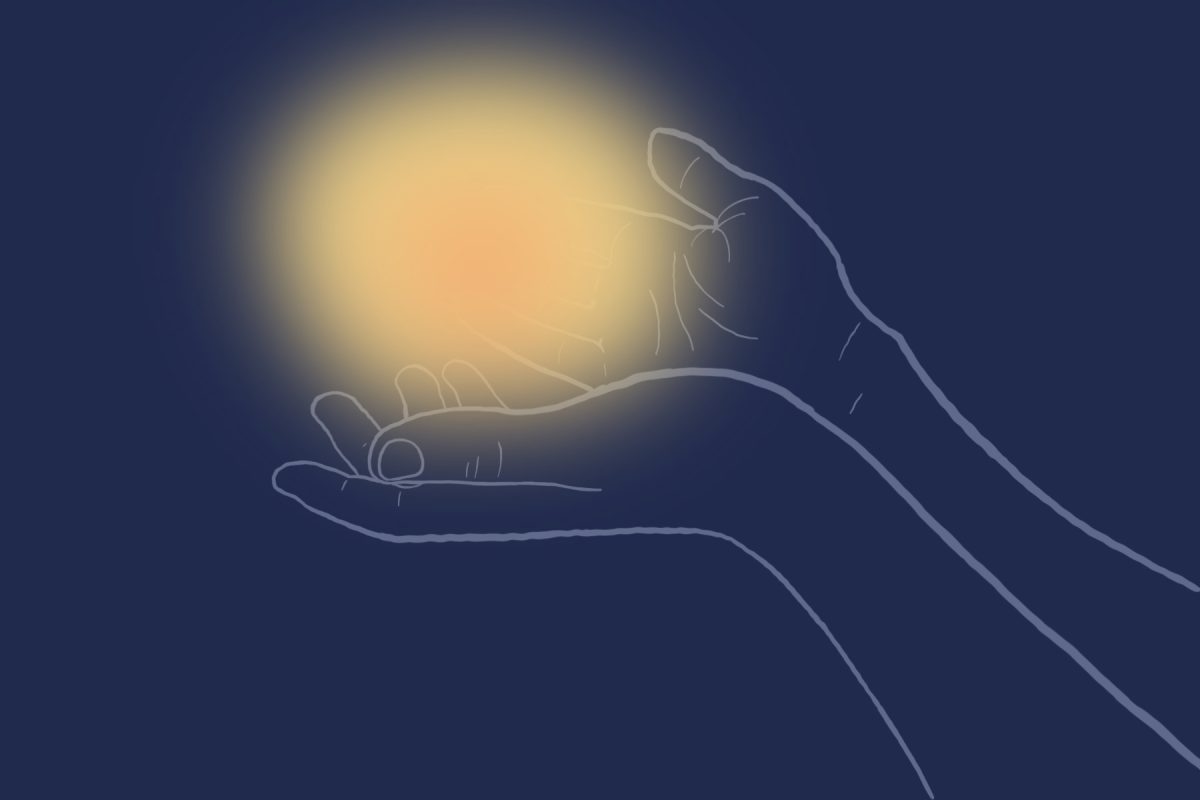
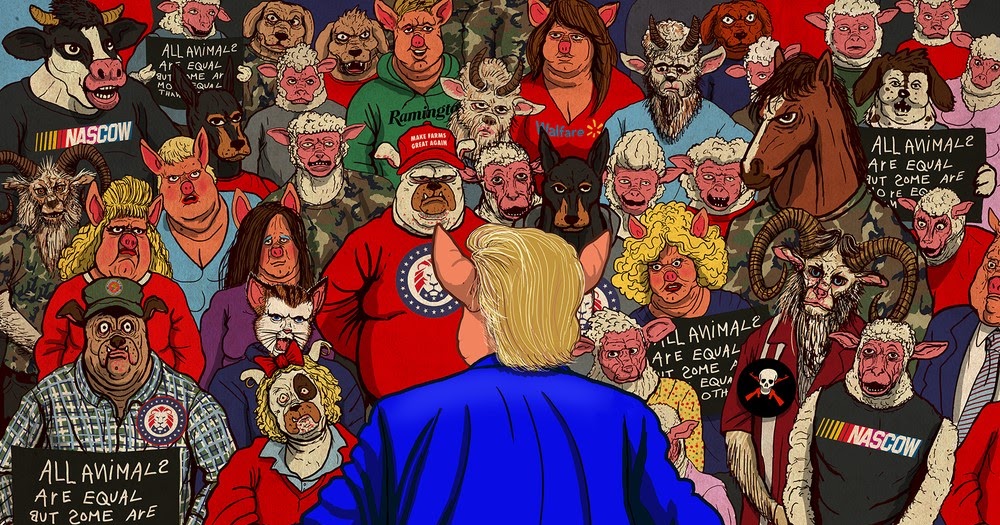
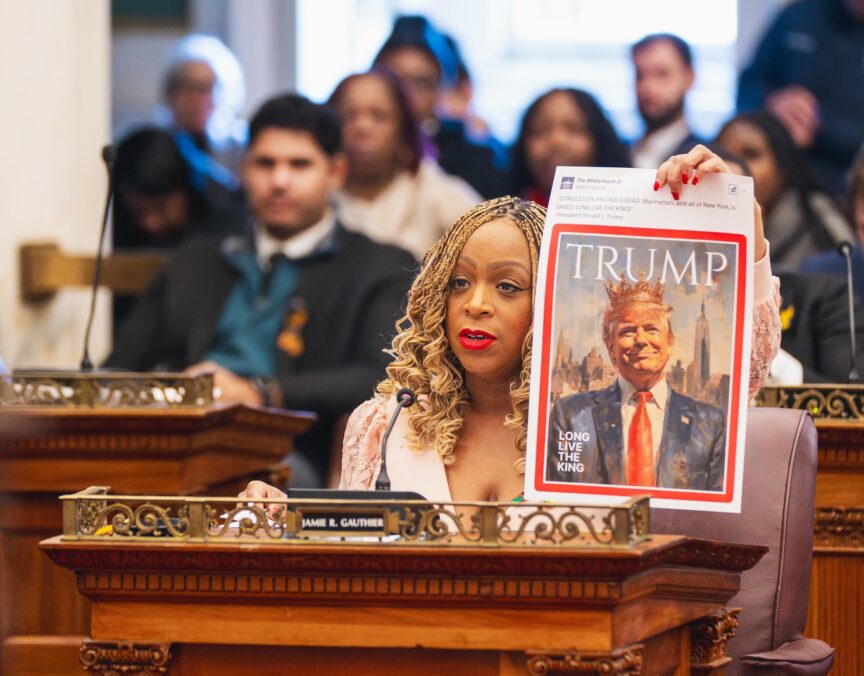
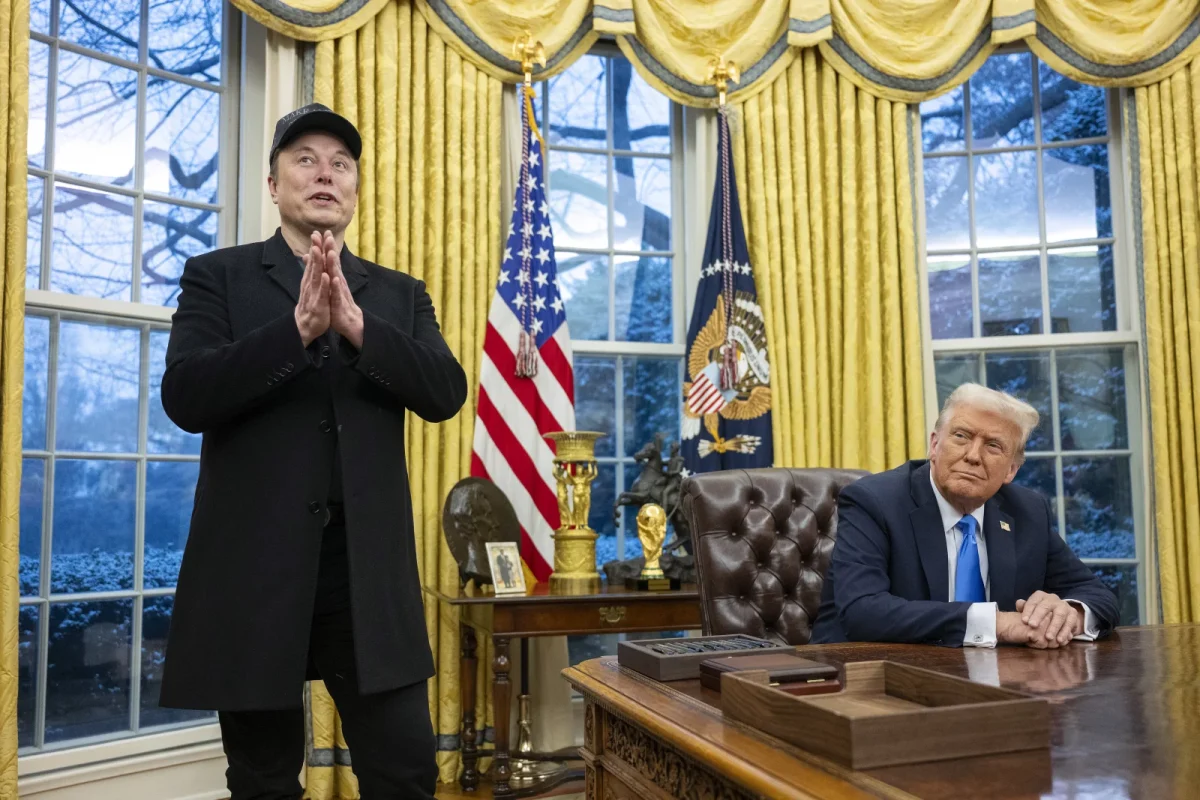
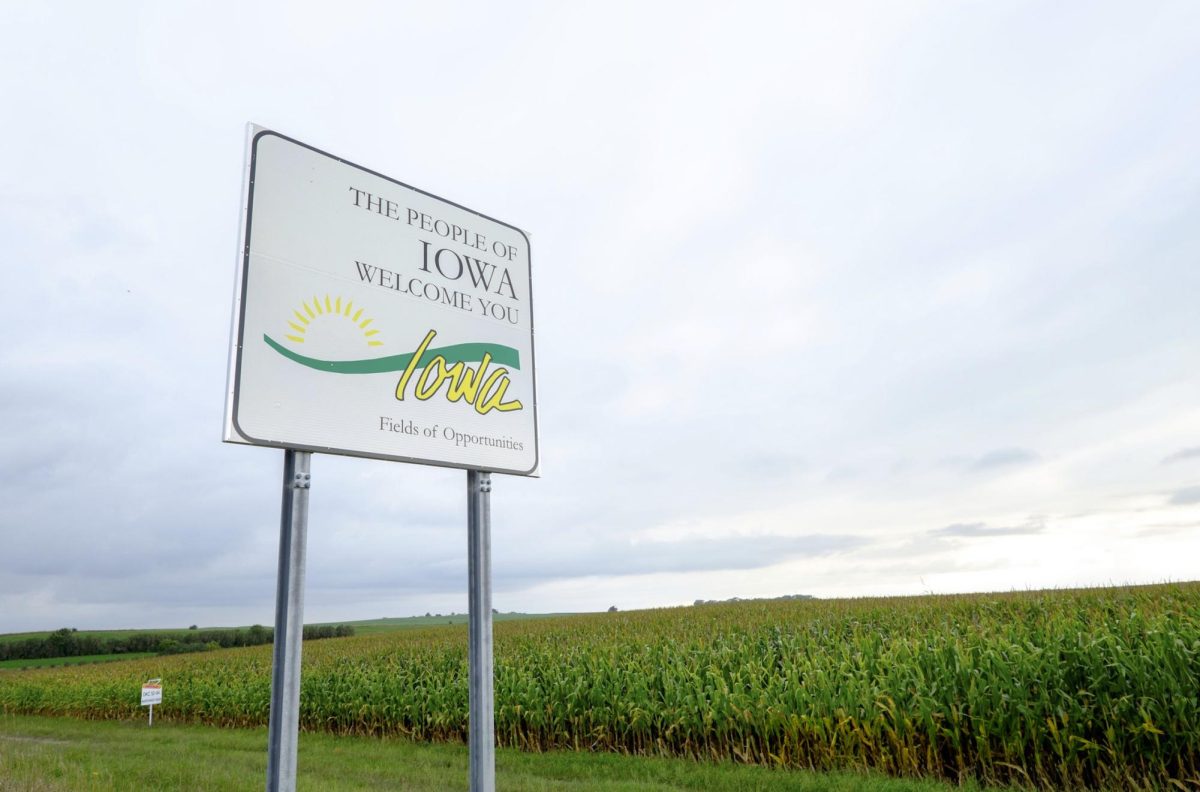
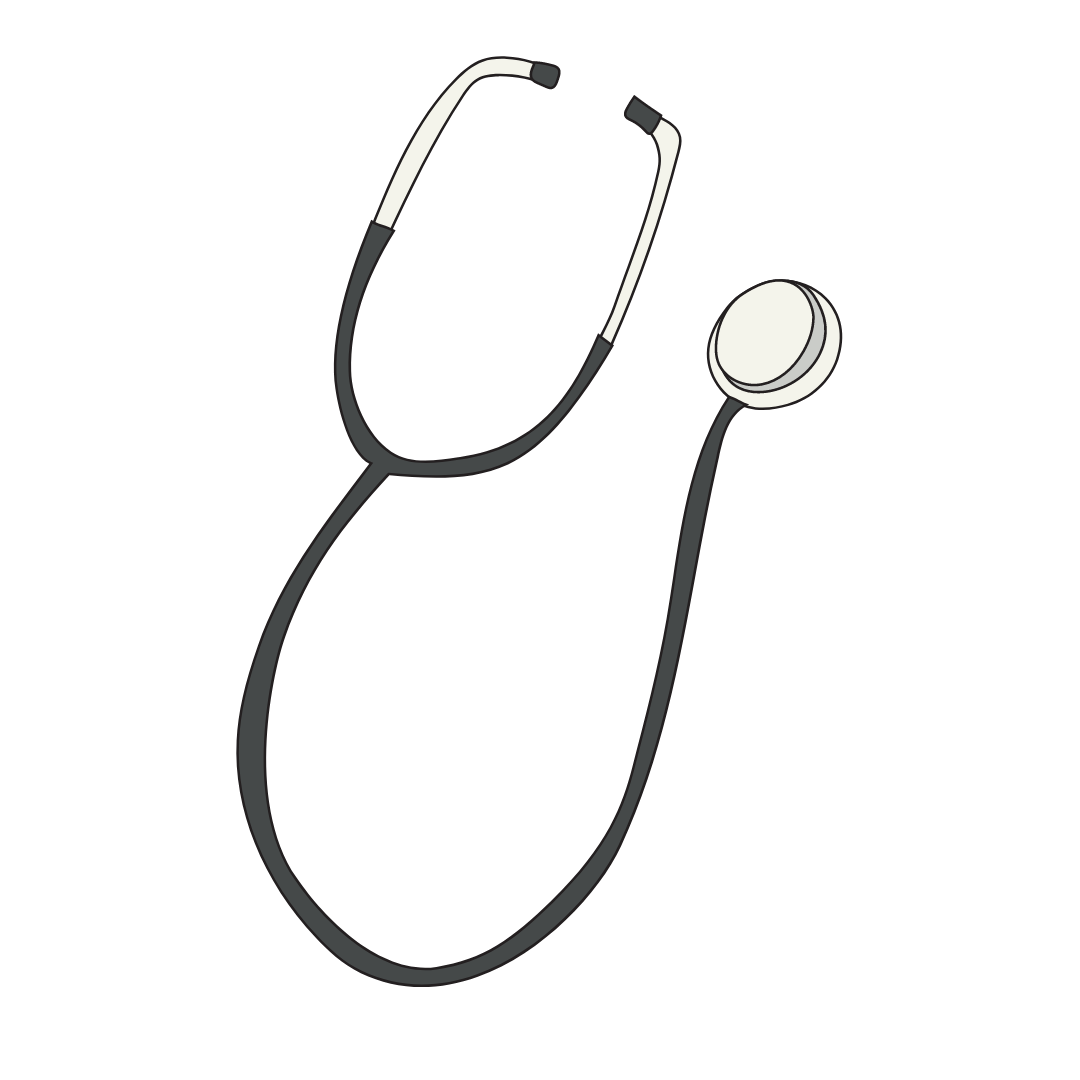
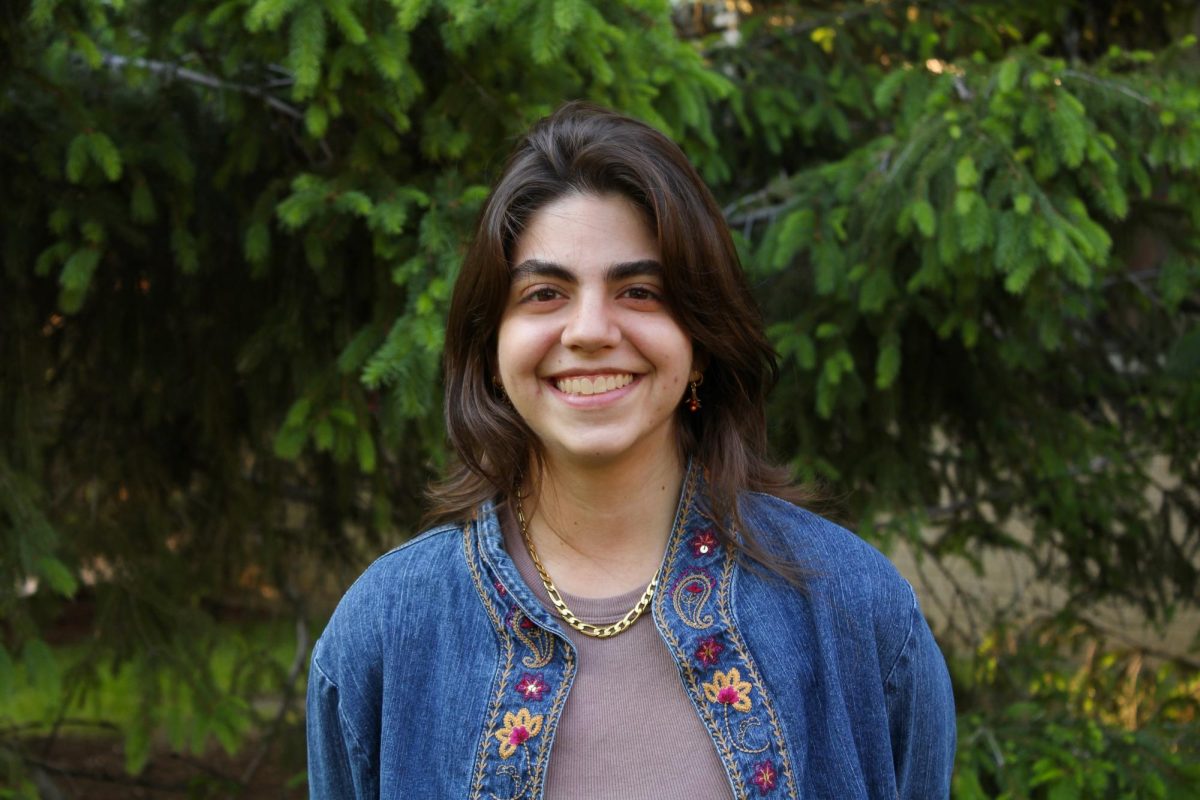
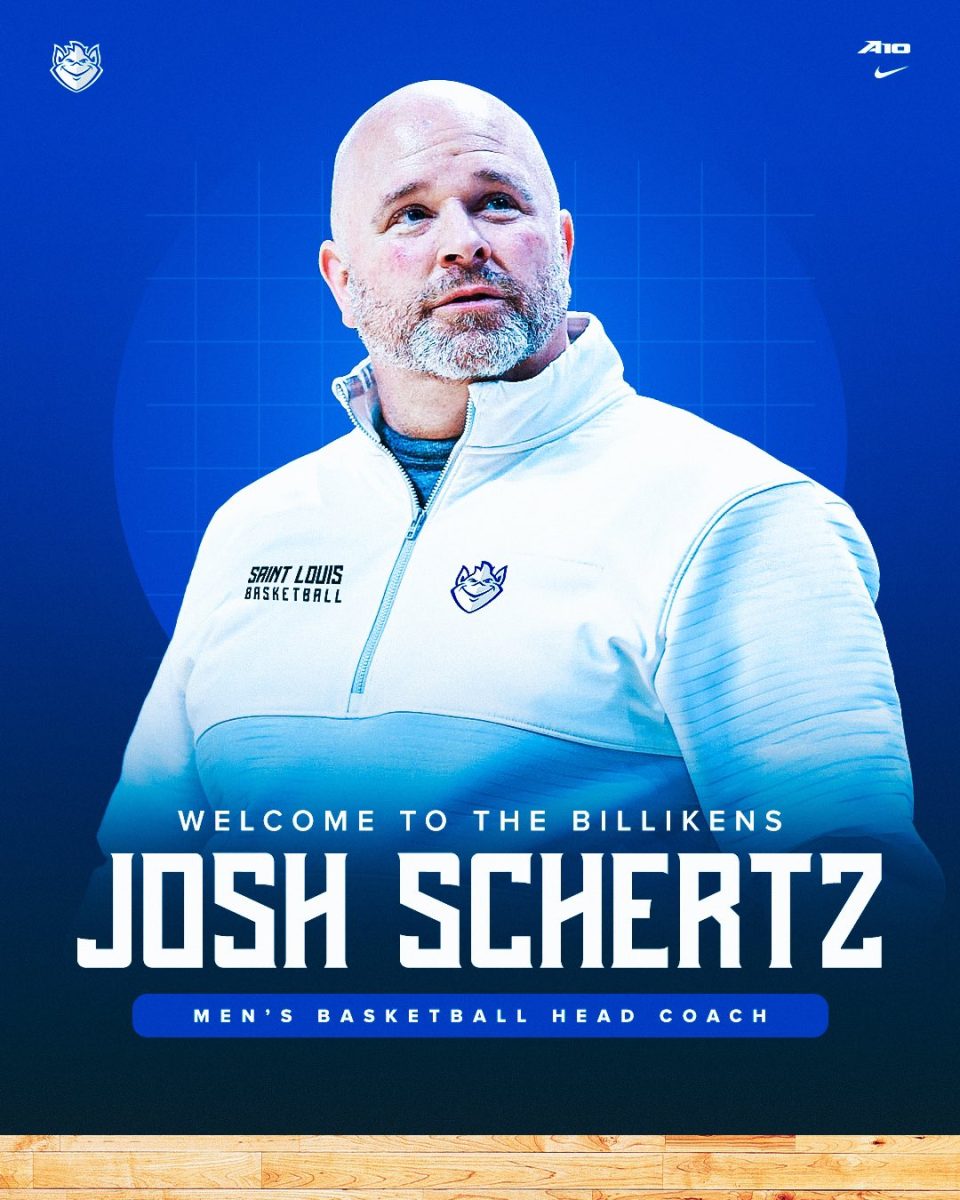
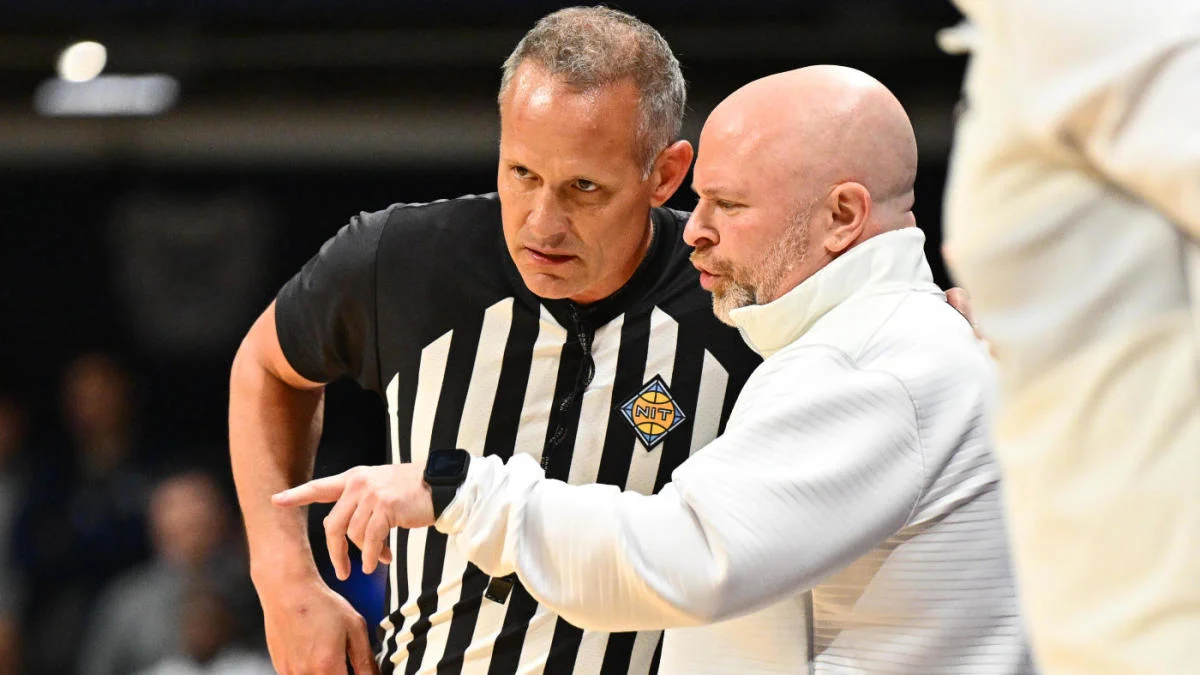
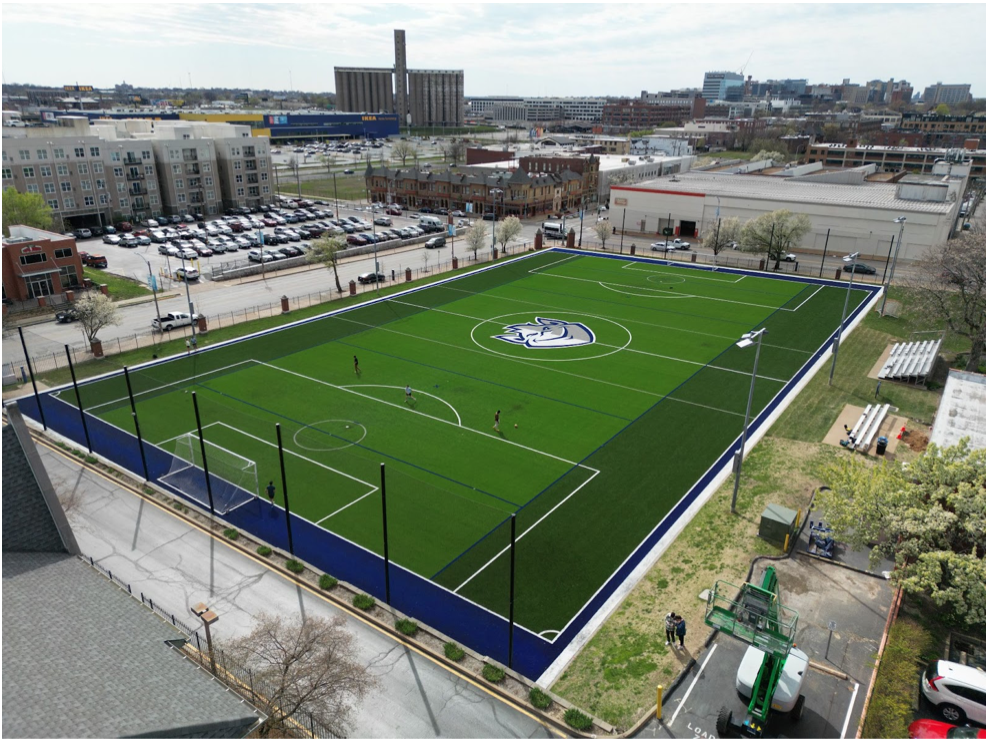
David • Dec 2, 2023 at 11:35 am
Excellent article! I’ve been thinking about how to explain all this for a while now. You articulated it clearly and hit on all the major points. I’ve gone back and read quotes when photography was still an early technology along with sampling. You see the same over-the-top reactions driven by a lack of understanding. If only people could embrace the possibility of change and be open to how these new tools could be used to create unique types of work, then the transition would be less painful for some. As you alluded to, the train has left the station.